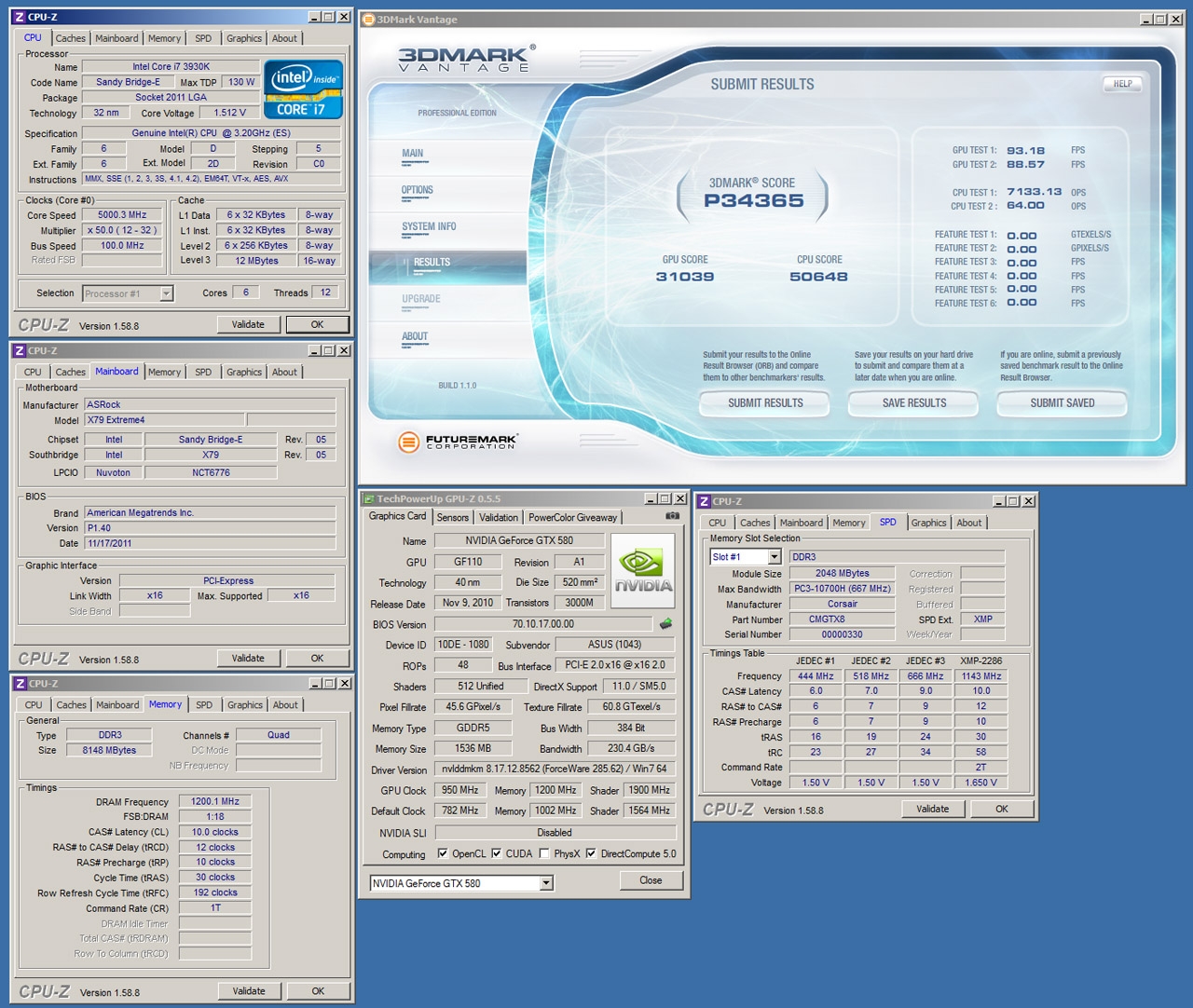Here is the Link, and I posted a summary below: http://www.xfastest.com/thread-69873-1-1.html
Platform Setup: The CPU voltage as 1.4V, load line to maximum.
ECS: Due to no turbo boost function, it's only ran as 3.2GHz,so highest mosfet temperature only 54.3゚C, and CPU voltage only 1.34V.
MSI: Due to no turbo boost function, it's only ran as 3.2GHz,so highest mosfet temperature was 65.2゚C
ASROCK:The guy said Asrock's CPU voltage is reliable(ran as 1.4v), However their CPU frequency start from 3.5GHz, than drop to 3.2GHz, at last down to 1.2GHz, and their highest mosfet temperature was 89.8゚C
ASUS: CPU voltage was 1.44V, higher than 1.4v, and CPU ran as 3.5GHz in whole test, the highest mosfet temperature was 85.1゚C
GIGABYTE: BIOS version was F7, CPU voltage was 1.392V,Lower than 1.4V(Due to load line set up), and CPU ran as 3.5GHz in whole test, the highest mosfet temperature was 83.9゚C
Very interesting results if I might say so myself. Excellent effort XFastest!






 Reply With Quote
Reply With Quote






 Particle's First Rule of Online Technical Discussion:
Particle's First Rule of Online Technical Discussion: Rule 2:
Rule 2: Rule 2A:
Rule 2A: Rule 3:
Rule 3:





Bookmarks